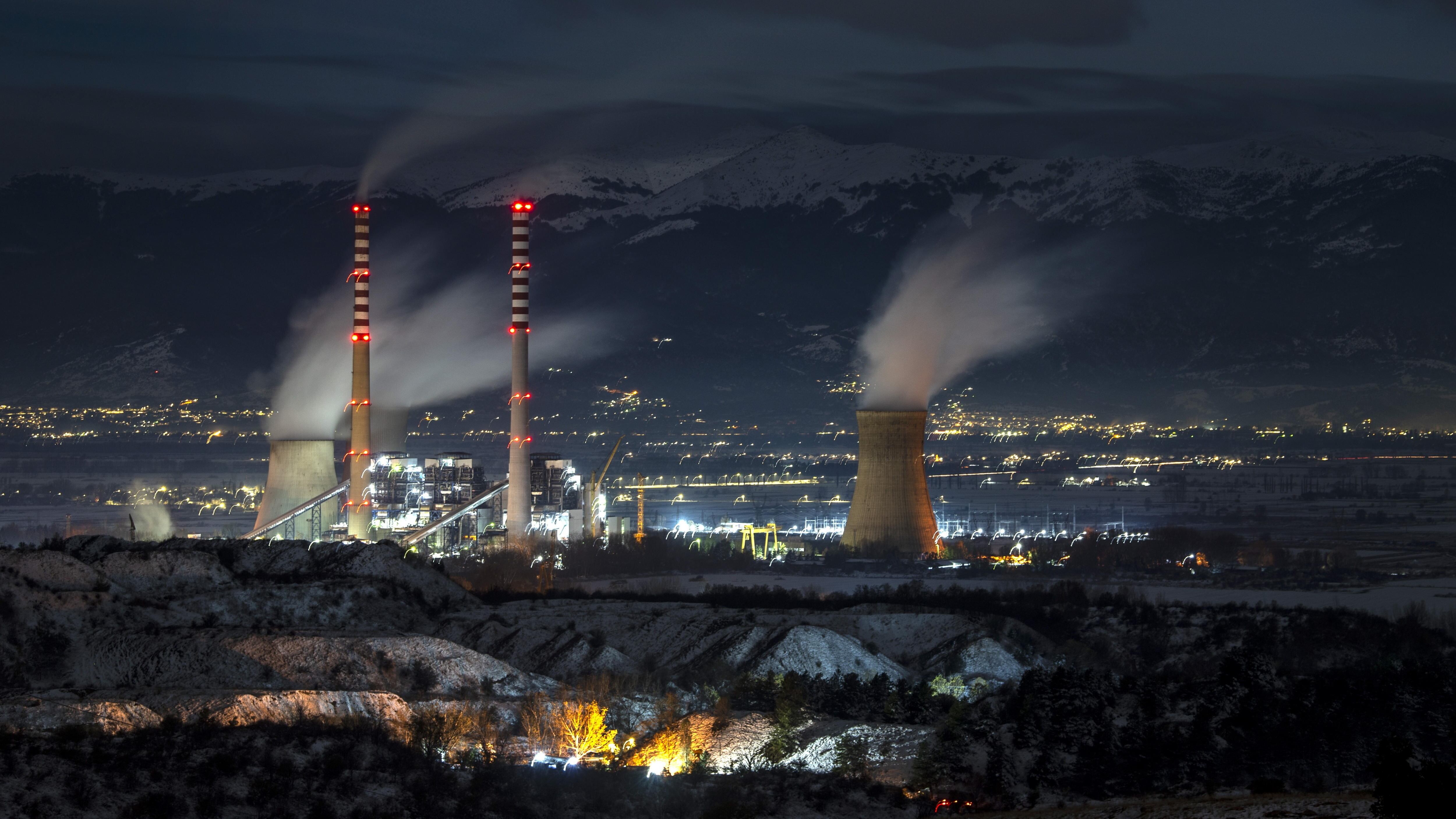
The World Meteorological Organization (WMO) warned this Monday of the danger that humanity will be trapped “in a vicious circle” in the near future due to the constant growth of the accumulation of greenhouse gases in the atmosphere. The increase in the presence of these gases in the air is behind the global warming. The main one is carbon dioxide (CO₂) and its concentration has not stopped increasing since the pre-industrial era until it now reaches levels never seen in between three and five million yearsmaintains the WMO.
But the problem is not only one of quantity, but also of speed: “never before in the history of humanity has the accumulation of carbon dioxide in the atmosphere been so rapid,” this organization has warned on the occasion of the publication of the annual newsletter in which it monitors the main greenhouse gases. The WMO has been making this marking for exactly twenty years, and only in that period (2004-2023) the presence of carbon dioxide in the atmosphere has increased by 11.4%.
The bulletin issues a warning about what may happen in “the near future” with “climate change feedbacks.” The main source of CO₂ emissions is currently burning fossil fuels (oil, gas and coal). But not all of the carbon dioxide released when burning them accumulates in the air. In the last decade, for example, around 43% of what was emitted ended up in the atmosphere; 26% were trapped in the ocean and 31% in land sinks, mainly forests.
The feedback problem referred to by the WMO points, on the one hand, to the loss of the ocean’s CO₂ adsorption capacity due to the increase in sea temperature also generated by climate change. Furthermore, this crisis fuel the fires, which in turn causes more carbon dioxide to be released into the atmosphere and a reduction in the vegetation surface, that is, terrestrial sinks.
“We run the risk of being trapped in a vicious circle,” summarized WMO Deputy Secretary General Ko Barrett in a statement. “These climate feedbacks are critical challenges for societies around the world,” warns the bulletin of this organization linked to the UN.
The WHO has a network of measurement stations that collaborate in monitoring the most important greenhouse gases. In 2023, the average CO₂ concentration reached 420 parts per million (ppm). Compared to pre-industrial levels, before the massive burning of fossil fuels began, this represents a concentration 51% higher than in 1750. The WHO explains that although the growth rate of fuel emissions has slowed in the last decade Compared to the 2000s, these fossil emissions “remain high.” Which continues to fuel the problem.
Once they end up in the atmosphere, the gases remain there for decades or centuries, thereby mortgaging the future of the planet more year after year. “Even if emissions were reduced rapidly to net zero, the temperature level currently observed would persist for several decades, because CO₂ is a gas that remains in the atmosphere for extremely long periods,” explains the World Meteorological Organization.
“Another year, another record. This should set off all the alarm bells among the decision-making bodies. There is no doubt that we are very far from meeting the objective of the Paris Agreement of maintaining global warming,” said the Secretary General of the WMO, Celeste Saulo. “They are not mere statistics. “Every part per million and every fraction of a degree increase in temperature has real consequences for our lives and our planet,” he added.
Other greenhouse gases, such as methane (CH₄) and nitrous oxide (N₂O), are discussed in the bulletin. In it methane casein 2023 they reached 1,934 parts per billion (ppb), which is 65% more than in 1750. Approximately 40% of methane emissions come from natural sources (for example, wetlands); Human beings are responsible for the remaining 60%, for example, due to rice cultivation, livestock or oil, gas and coal extraction operations.
In the case of nitrous oxide, the concentration recorded in 2023 (336.9 ppb) is 25% more than in 1750. And in this case around 57% are of natural origin; 43% is the responsibility of man, whether due to the burning of biomass, the use of fertilizers or industrial processes

